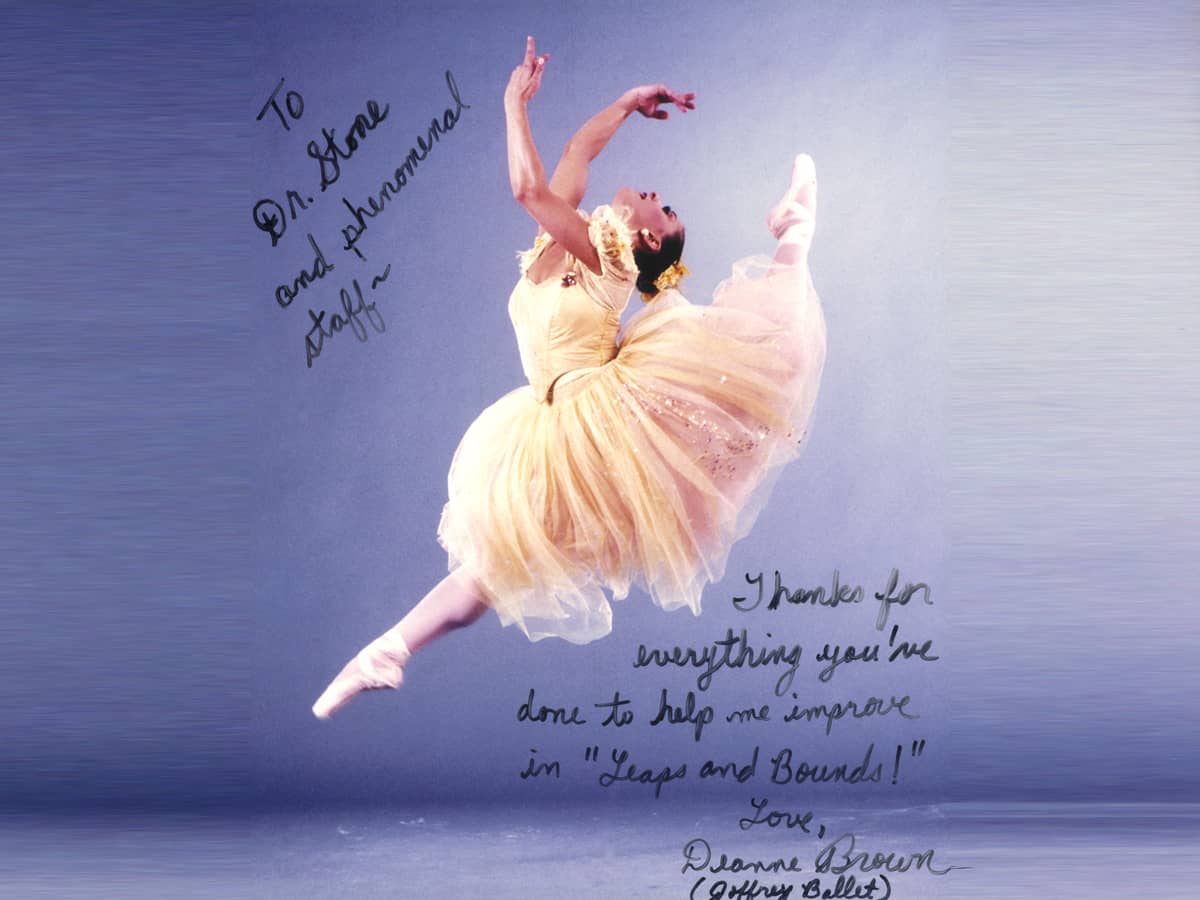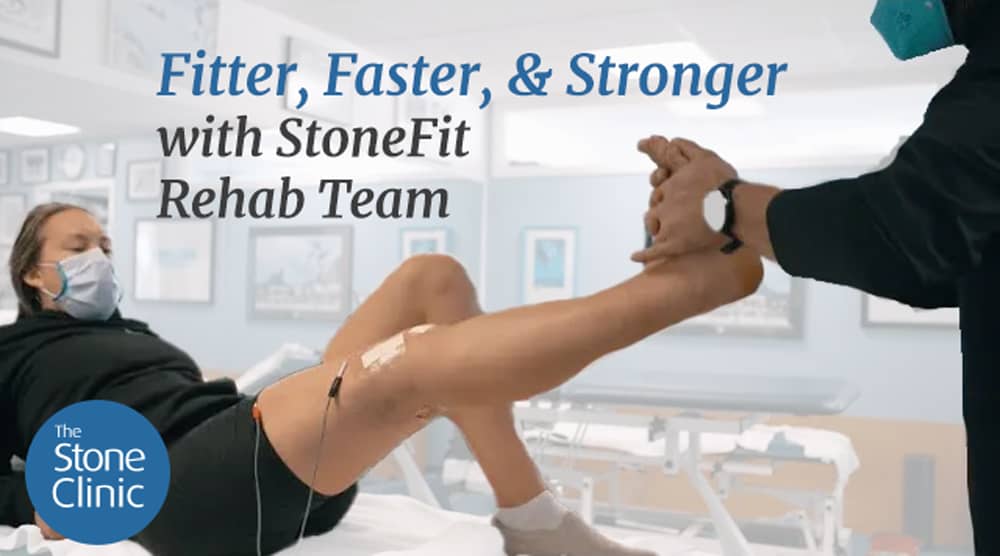Range of Motion
The ability to completely bend or extend our joints determines their health. Any loss of motion signals a gradual decline in joint performance and lifespan.

This fact is often overlooked, yet range of motion is the single most important factor in physical health following an injury and the onset of arthritis.
All joints are covered by a bearing surface called articular cartilage. This white, shiny material (crack open a chicken wing and notice the white smooth surface) is made up of a long protein called collagen plus a grout-like matrix with a few cells interspersed called chondrocytes. These cells produce more matrix and collagen, keeping the cartilage healthy over your lifetime.
But when articular cartilage is injured, as Hippocrates noted, “It is a troublesome thing” and fails to heal on its own. Injured cartilage loses its slickness, which when normal is measured as five times slicker than ice on ice. The injured cartilage increases friction and gradually wears away, exposing the bone underneath the surface and causing deformity and pain.
Joints are like your car’s tires. When out of alignment, they wear unevenly. When motion is limited by scar tissue or bony spurs, weight bearing forces are concentrated in a smaller area on the joint surface and the rotation-flexion motion pattern of the joint is constricted. When a joint is unstable and has too much motion (such as after an ACL tear) it acts like a misaligned tire and wears faster.
All joints that lose flexibility or stability produce abnormal motions—and not just in the joint itself. The joints above and below are forced to compensate. When the knee joint fails to extend fully, the kneecap (patella), which normally moves up out of the grove of the femur, is trapped against the femur. It is constantly loaded, wearing down prematurely. Additionally, the hip above the limited knee needs to compensate in order to get the foot to land on the ground properly for walking. This compensation leads to hip and back pain.
Unfortunately, in this era of declining reimbursement for physical therapy after joint injuries, most people don’t realize how much the lost motion affects their bodies. And most patients do not realize how small losses of motion lead to subsequent large problems.
Each of us takes two to three million steps each year in normal walking. Can you really afford to have two to three million abnormal cycles on each joint of the body over the rest of your lifetime? Focus on range of motion. Regain and maintain it as much as you focus on strength exercises or cardiovascular fitness conditioning.
Your body is as finely tuned as a Ferrari. Don’t drive it out of alignment.
Article originally published October 21, 2019. Updated & republished March 12, 2023 by Kevin R. Stone, MD with content updates.

